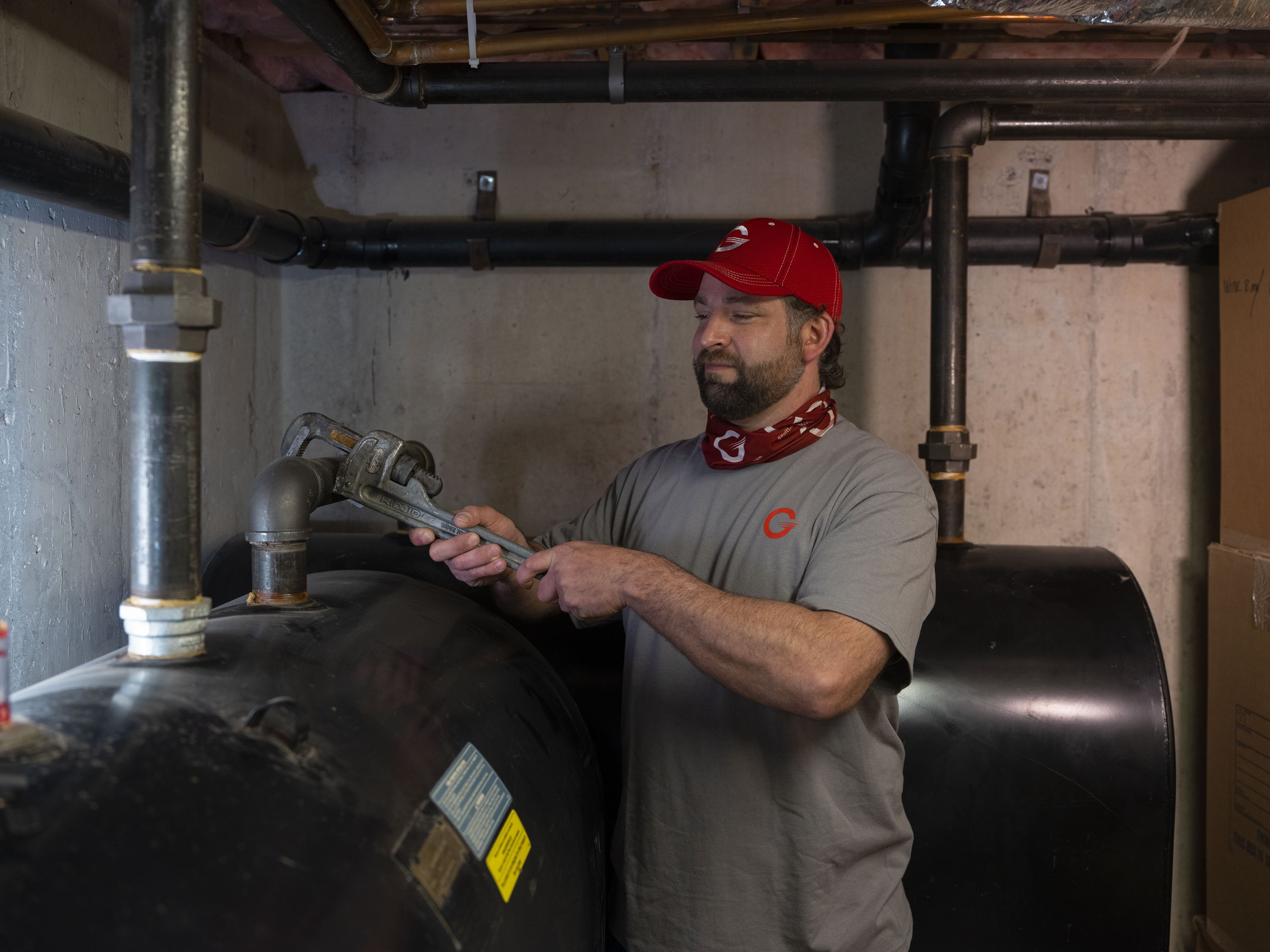When to Replace your Bioheat Tank
The products and services we provide to homeowners are all extremely important and affect our lives every day – heat for our homes, hot water, protection from power outages, etc. And even we can admit that they aren’t considered fun or exciting things that anyone actually WANTS to buy. For this reason, homeowners often let their equipment, especially their bioheat heating oil tank, go way past their life expectancy. Because really… when was the last time you caught yourself wanting to purchase a new Bioheat tank!?
When to replace your Bioheat tank:
While there are a couple signs on the outside of the tank that will indicate that it should be replaced (corrosion and wet marks), most damage is unseen. Older tanks often have moisture and sediment that have built up over time which can cause corrosion and create holes. If not replaced in time, the tank could start to leak. If you have any question about your tank, reach out to us to come take a look.
Benefits of a new Bioheat tank:
With the cleanliness of fuel today, the biggest benefit of putting a new tank in is that it will last a long time and will never see the problems of tanks from many years ago. The bio component in Bioheat acts as a cleanser that actively cleans the inside of the tank and prevents buildup. With the percentage of bio planned to increase over the next several years, installing a new tank now is a great investment. Also, having a new tank helps your heating equipment run more efficiently.
Our recommendation for a new tank:
Outdoor tanks double walled, environmentally certified models last approximately 10 years in the elements.
Indoor tanks should also be environmentally certified to safely last their 20+ year life expectancy.
So don’t forget about the tank in your basement, replacing it is quick and easy – we are in and out in one day.


